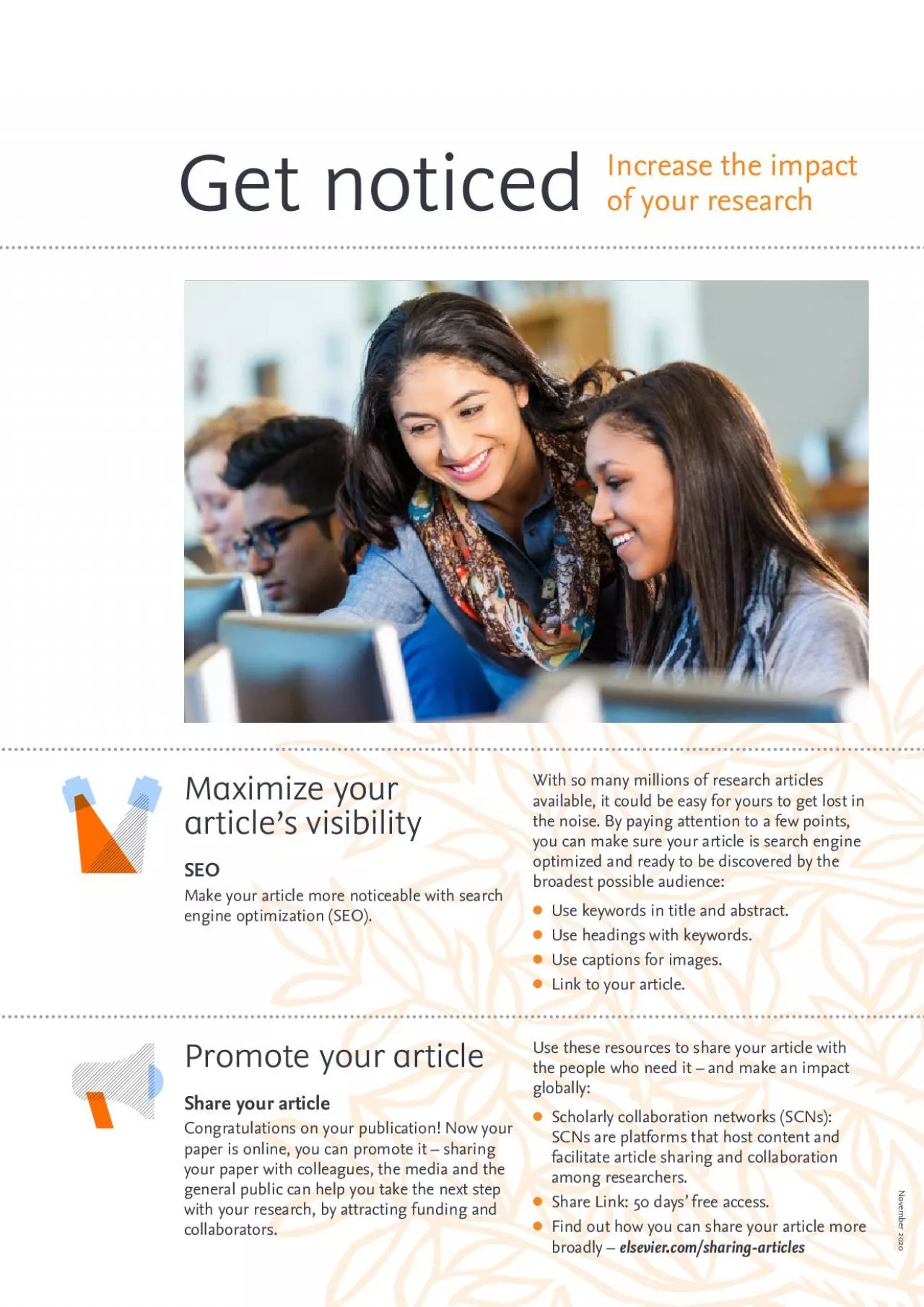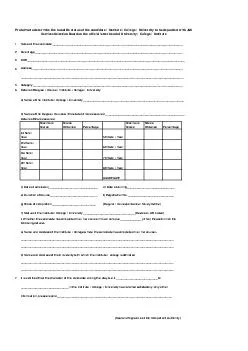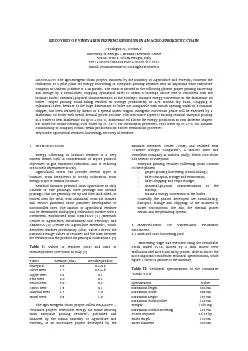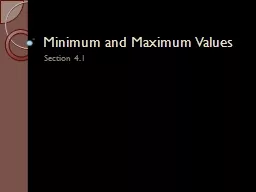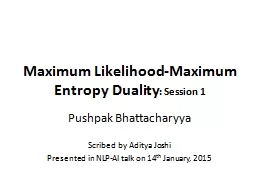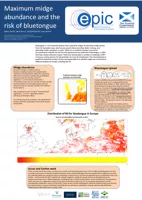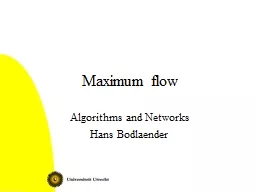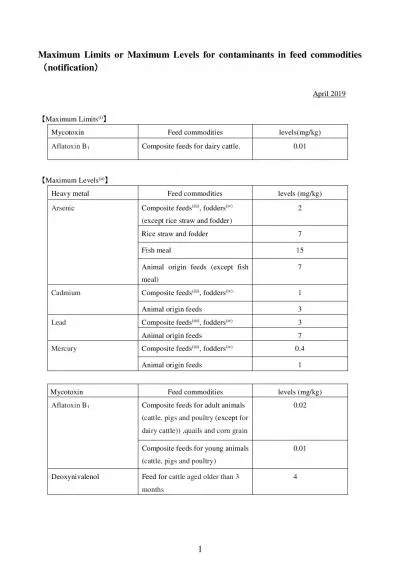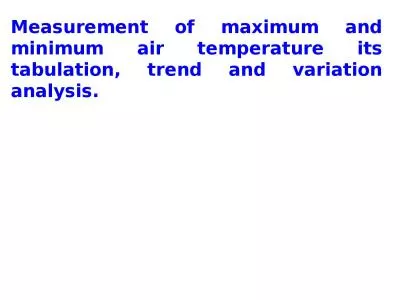PDF-Get NoticedPromoting your article for maximum impact
Author : ava | Published Date : 2021-09-25
23GET NOTICEDMore than one million scienti31c articles are published each year and that number is rising So it146s increasingly important for you to 31nd ways to
Presentation Embed Code
Download Presentation
Download Presentation The PPT/PDF document "Get NoticedPromoting your article for ma..." is the property of its rightful owner. Permission is granted to download and print the materials on this website for personal, non-commercial use only, and to display it on your personal computer provided you do not modify the materials and that you retain all copyright notices contained in the materials. By downloading content from our website, you accept the terms of this agreement.
Get NoticedPromoting your article for maximum impact: Transcript
Download Rules Of Document
"Get NoticedPromoting your article for maximum impact"The content belongs to its owner. You may download and print it for personal use, without modification, and keep all copyright notices. By downloading, you agree to these terms.
Related Documents

